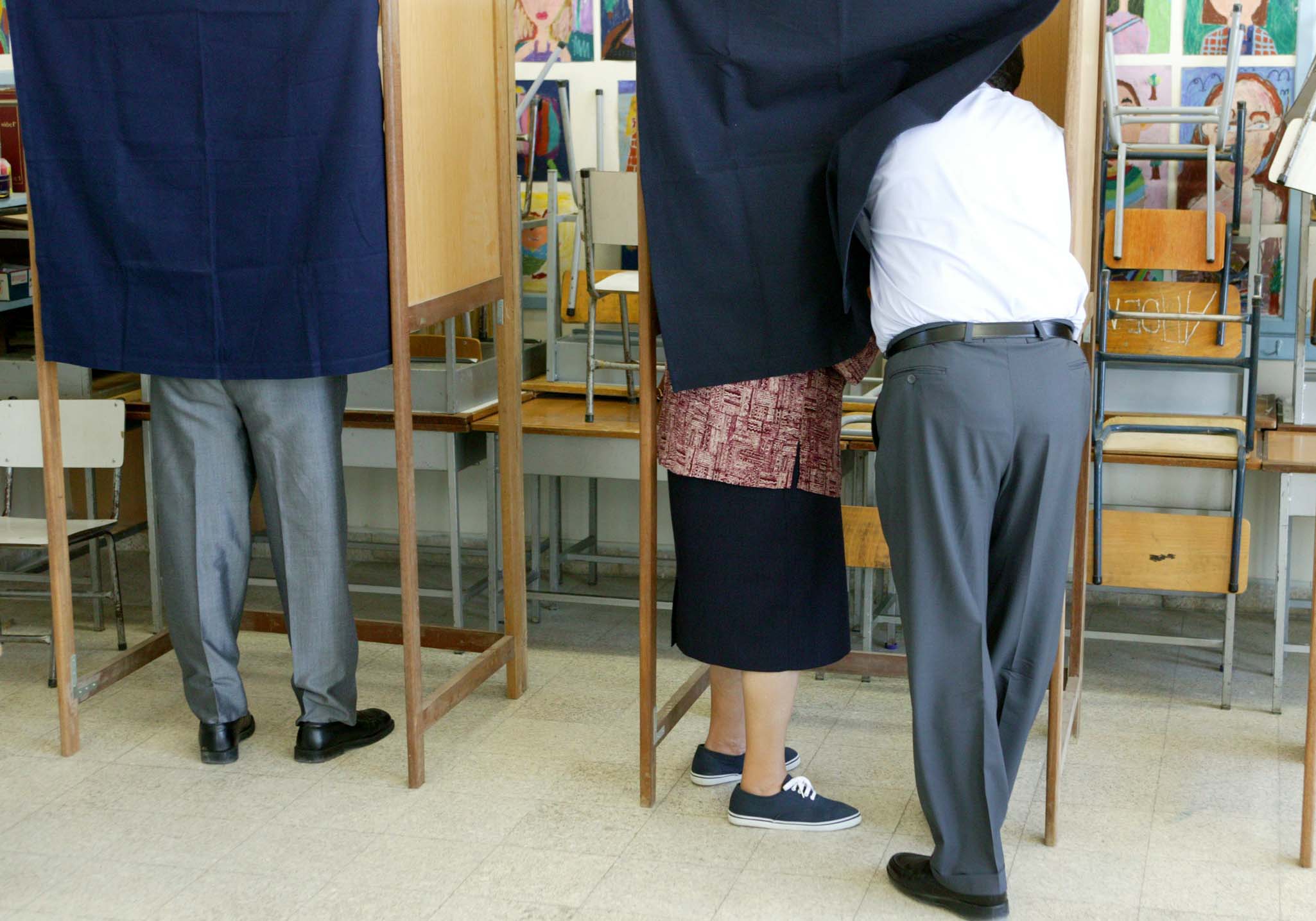By Rebekah Gregoriades and Nikolaos Prakas
With a staggering more than 7,000 candidates to choose from, next month’s EU and local government elections are threatening to drown voters in array of different coloured ballot papers and total confusion.
On June 9, voters will be juggling ballot papers to elect MEPs, the new-fangled district governors, mayors, deputy mayors, municipal council members, school board members, community council presidents and community council members.
Voters will have to make their choice among 12 political party combinations, as well as independent candidates.
Officially the interior ministry is sanguine. Amid concerns regarding the number of simultaneous elections, chief returning officer Elikkos Elia called on the 706,534 citizens who have the right to vote to familiarise themselves with the ballot papers, printed in different colours to help voters tell them apart when they are handed the bundle at polling stations.
Elia told CNA that samples of the ballot papers are available online and that voters can also click on Where and What do I vote (wtv.elections.moi.gov.cy/) to find out which polling station to proceed to on the day, the elections in which they have the right to vote, as well as the number of preference crosses.
Trained officers will be available at the polling stations to help clear any confusion when voters are given blue for EU elections, purple for district governors, yellow for mayors, brown for deputy mayors, white for members of municipal councils, green for members of school boards, orange for presidents of community councils, and grey for members of community councils.
Voters themselves are not convinced it will go smoothly.
“I feel like I am taking a multiple-choice exam with some of the candidates,” said one voter, Erma Michaelides, commenting on the large number of people running, “whom I don’t know”.
She added that she was also enervated by the sheer number of candidates running as ‘independents’ despite being supported by political parties from across the spectrum, making it even more confusing to know what candidates stand for.

Asked about the officers at the ballot centres, who are meant to help, Michaelides said that she doesn’t think they will be helpful and probably just make the entire procedure more confusing.
“I have heard that we will be voting in eight different elections but apart from for MEPs and mukhtars, I can’t imagine what all the others are,” said another voter, Elena Ioannides.
She added that in her area they will not vote for a mukhtar because there is only one candidate.
“I feel like I am going to go and just tick some random boxes because I won’t know who all these other people are,” she said.
“Who are they and what are they standing for?”
All ballot papers will be dropped into one box and sorted when polling stations close.
Interior Minister Constantinos Ioannou told reporters these elections, set to breathe life into a reformed local administration, were “a challenge” but that he was certain there would be “no problems”.
Out of the 7,280 candidates running for a total of 3,227 seats, six of which in the European Parliament, 14 deputy mayors and 208 presidents of community councils have already been elected unopposed.
Two communities did not come up with candidates and others did not meet the required number of candidates for community council members. A new date will be set to try again.
Results are expected to start coming in on election day, with declarations of officials over the next two days.
Information about the elections is available online in English, Greek, and Turkish, at www.elections.gov.cy.
All citizens of the Republic of Cyprus or another member state of the EU, reaching the age of 18 up to and including the date of the elections, have the right to vote, provided that they are registered in the electoral roll. Voting books for new voters are ready for pick up.







Click here to change your cookie preferences